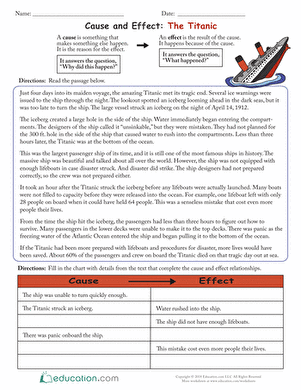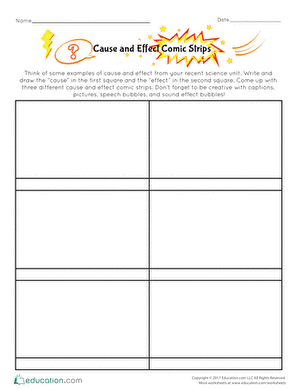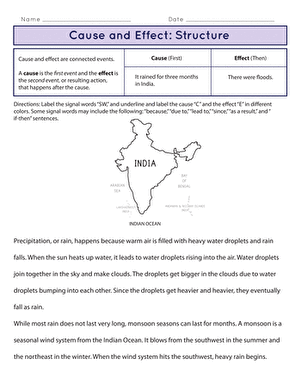Science project
The Mozart Effect
Difficulty Level
Medium
Project Time Frame
4-6 weeks
Objective
This project explores a supposed learning curve known as the “Mozart Effect”.
The goals of this project are:
- To explain the cause(s) of the Mozart Effect.
- To discover experimental evidence that either proves or disproves this theory.
Materials and Equipment:
- Computer with internet access.
- Music player
- Digital camera (video optional)
- Typical office/craft supplies (such as paper, pens & poster-board)
Introduction:
Ever wonder who wrote the music to the alphabet song (ABCDEFG etc.)? Ever notice it’s the same music as Twinkle, Twinkle Little Star? Most kids (not to mention their parents) don’t realize they’re hearing the music of Mozart. Research studies have suggested that kids who listen to the music of Mozart learn more (or learn faster) than kids who are exposed to other types of music, or to no music at all. This became known as the Mozart Effect.
Research Questions
- Is there really a Mozart Effect?
- If not, why do some researchers think it exists?
- If so, how can this be used to our best educational advantage?
Terms, Concepts and Questions to Start Background Research
Basic statistical concepts such as averages, odds, probabilities, random samples, etc.
Experimental Procedure
- Read overviews of relevant topics (see bibliography).
- Design three standard, similar, age-appropriate math tests, or use existing math tests.
- Recruit 30 or more young student volunteers who are around the same age.
- Have the volunteers take test #1 while listening to Mozart’s music (not too loudly!).
- One week later, have the volunteers take test #2 in silence.
- A week after that, have the volunteers take test # 3 while listening to instrumental music that is not by Mozart (also not too loud, but clearly audible in the background).
- Carefully record all results and experimental details.
- Analyze the data.
- Interpret findings in a detailed report.
- Show results visually using charts and graphs.
- Display any interesting photos taken throughout the course of the experiment.
Bibliography
- Conceptual Statistics for Beginners (Newman, Isadore & Carol, 2005 reprint)
- Wiki article: “Mozart Effect”
Education.com provides the Science Fair Project Ideas for informational purposes only. Education.com does not make any guarantee or representation regarding the Science Fair Project Ideas and is not responsible or liable for any loss or damage, directly or indirectly, caused by your use of such information. By accessing the Science Fair Project Ideas, you waive and renounce any claims against Education.com that arise thereof. In addition, your access to Education.com's website and Science Fair Project Ideas is covered by Education.com's Privacy Policy and site Terms of Use, which include limitations on Education.com's liability.
Warning is hereby given that not all Project Ideas are appropriate for all individuals or in all circumstances. Implementation of any Science Project Idea should be undertaken only in appropriate settings and with appropriate parental or other supervision. Reading and following the safety precautions of all materials used in a project is the sole responsibility of each individual. For further information, consult your state's handbook of Science Safety.












